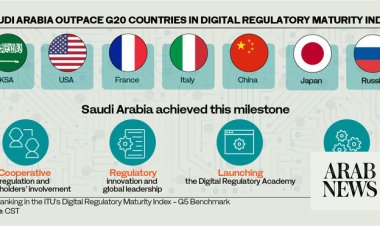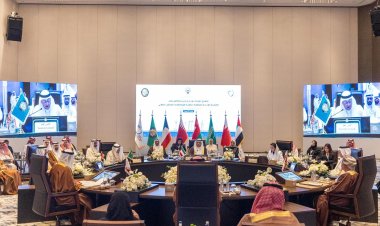UAE to Use Lasers to Spark Rainfall

The United Arab Emirates has taken a major step toward addressing global water scarcity as scientists begin testing a world-first laser system designed to trigger rainfall in arid regions. The breakthrough initiative, conducted under the UAE Research Programme for Rain Enhancement Science (UAEREP), represents a milestone in the nation’s ongoing effort to use advanced technology to strengthen climate resilience and ensure long-term water security.
The programme’s Strategic Directions Committee recently held a midterm review at the Technology Innovation Institute (TII), where researchers are leading the Cycle 5 project titled “Laser-Based Rain Triggering Demonstrator with Remote Sensing Technology.” The project, led by Dr. Guillaume Matras, Senior Director of the Directed Energy Research Centre at TII, investigates how high-power lasers can stimulate condensation and influence cloud microphysics. Laboratory experiments have already demonstrated laser-induced condensation and filament formation, confirming the potential for using directed energy to initiate rain processes.
The next stage of the project involves field trials using a Mobile High-Power Pulsed Laser Demonstrator equipped with AI-powered remote sensing to monitor atmospheric responses in real time. This mobile platform can be deployed across different parts of the UAE to test the system’s effectiveness under varying meteorological conditions, providing a scalable approach for laser-based rainfall enhancement.
To advance the modelling and validation of this technology, UAE scientists are collaborating with international research institutions, including the University of Hyogo in Japan for super-droplet cloud simulations, the Southern University of Science and Technology in China for laser–microphysics coupling studies, and Empa in Switzerland for AI-driven LiDAR data analysis. These partnerships enable the team to simulate UAE-specific cloud environments from convective systems over the Hajar Mountains to summer boundary-layer clouds in the western desert ensuring that the technology is both locally optimised and globally applicable.
Dr. Abdulla Al Mandous, President of the World Meteorological Organization and Director-General of the UAE National Centre of Meteorology, said that the project exemplifies the country’s commitment to using innovation to tackle one of the world’s most pressing challenges. “At NCM, we prioritise the adoption of advanced technologies that deliver real impact in addressing water scarcity challenges,” he said. “Laser-based rain enhancement is such a promising innovation that supports our efforts to improve rainfall in arid and semi-arid regions.” He added that the initiative strengthens national research capacity and reinforces the UAE’s long-term vision for sustainable water resource management.
Alya Al Mazroui, Director of UAEREP, said that the laser rainfall project positions the UAE at the forefront of global innovation in weather modification. “By integrating experimental physics, advanced atmospheric modelling, and AI-powered diagnostics, it explores novel approaches to weather modification,” she noted, adding that the work reflects the UAE’s leadership in combining science and sustainability to drive solutions with global impact.
During the midterm review, scientists also unveiled a major technological milestone the design of a multi-laser system that replaces the earlier single-source laser with a hybrid femtosecond–nanosecond configuration. This upgrade increases peak power and plasma density while improving operational safety and reducing system lead time. A new remote sensing suite, combining spectroscopy and multi-wavelength LiDAR, enables real-time observation of droplet formation. The innovation has already resulted in the first joint patent filing between TII and NCM with the United States Patent and Trademark Office on 14 October 2025, marking a significant achievement in the field of rain enhancement technology.
The project also places strong emphasis on developing local scientific expertise. Reem Al Ameri, a mechanical engineer at TII, has begun PhD research in collaboration with Empa and the University of Bern, contributing to the growth of the UAE’s academic ecosystem in atmospheric science and laser applications.
Through these efforts, the UAE continues to establish itself as a global leader in weather and climate innovation. By merging AI, laser physics, and international collaboration, the country is pushing the boundaries of rain enhancement research and setting new standards for sustainable water technology in a changing climate.























